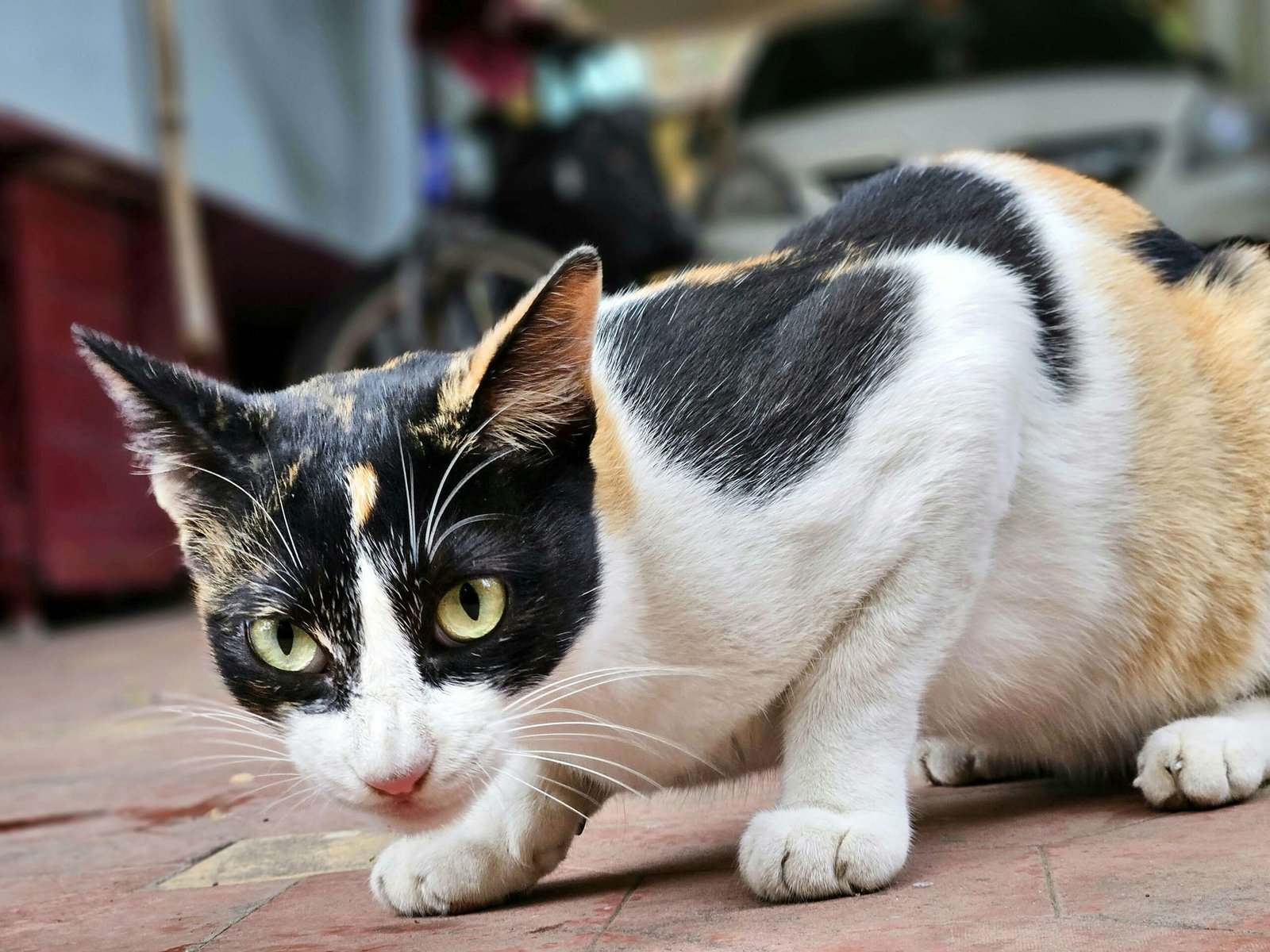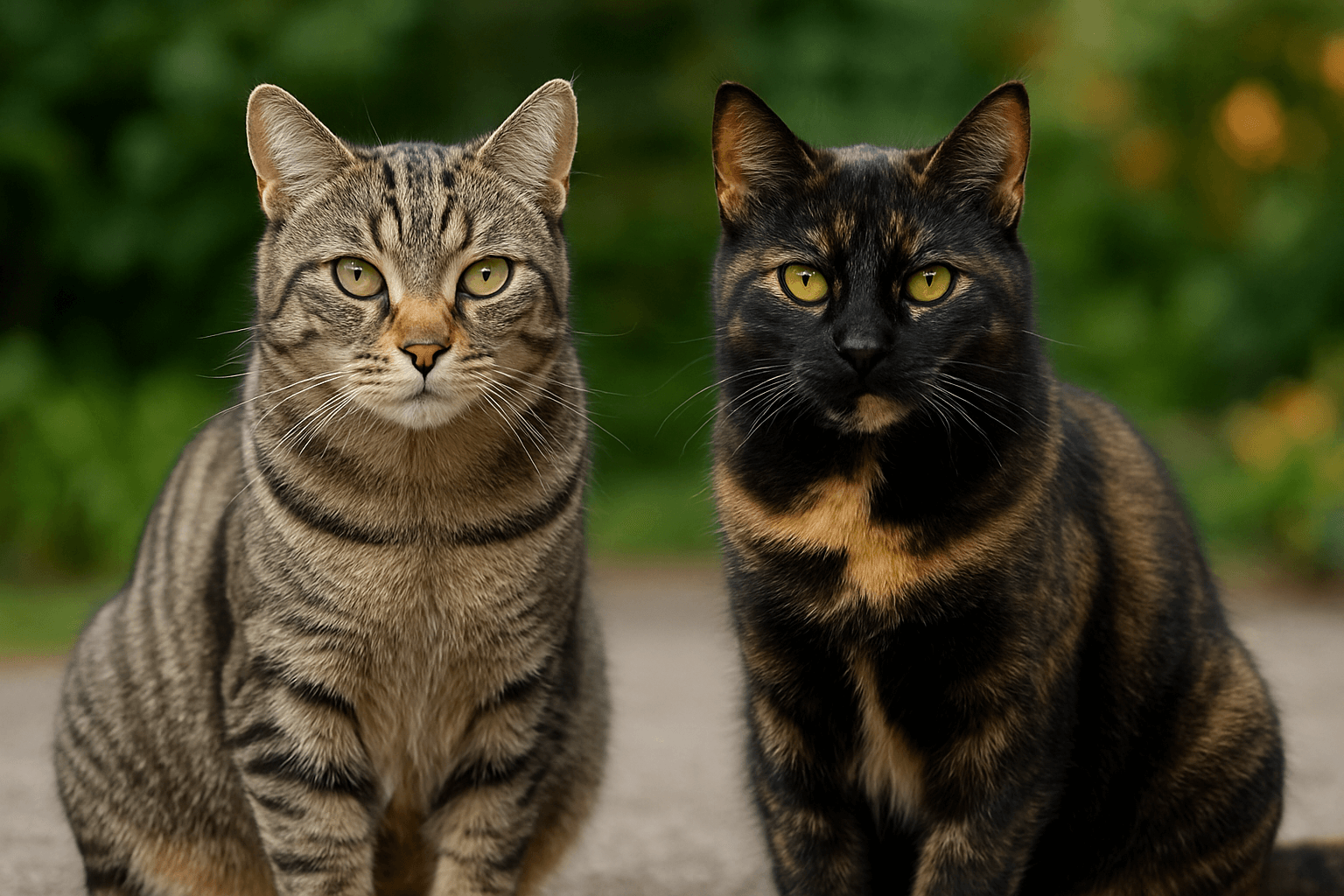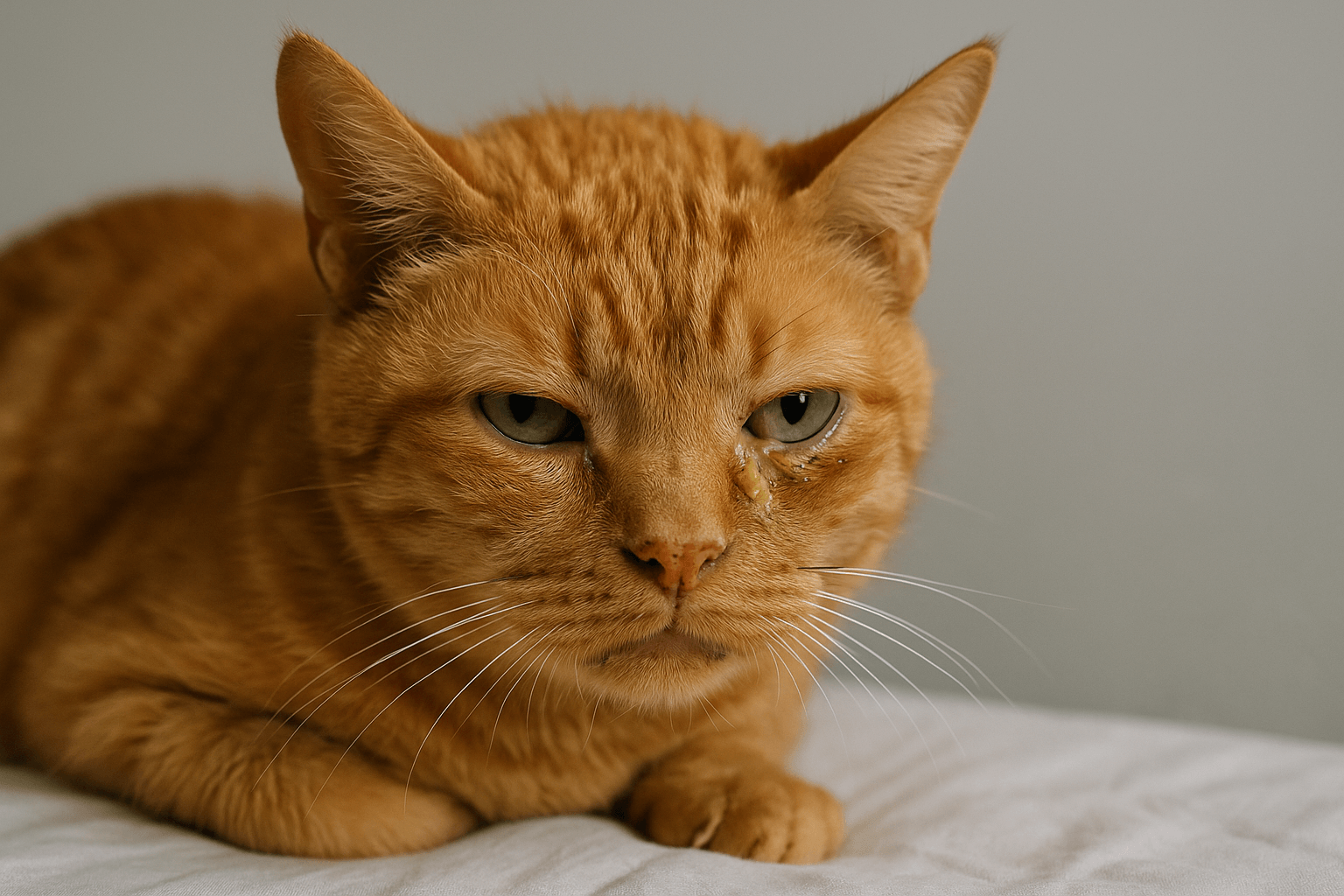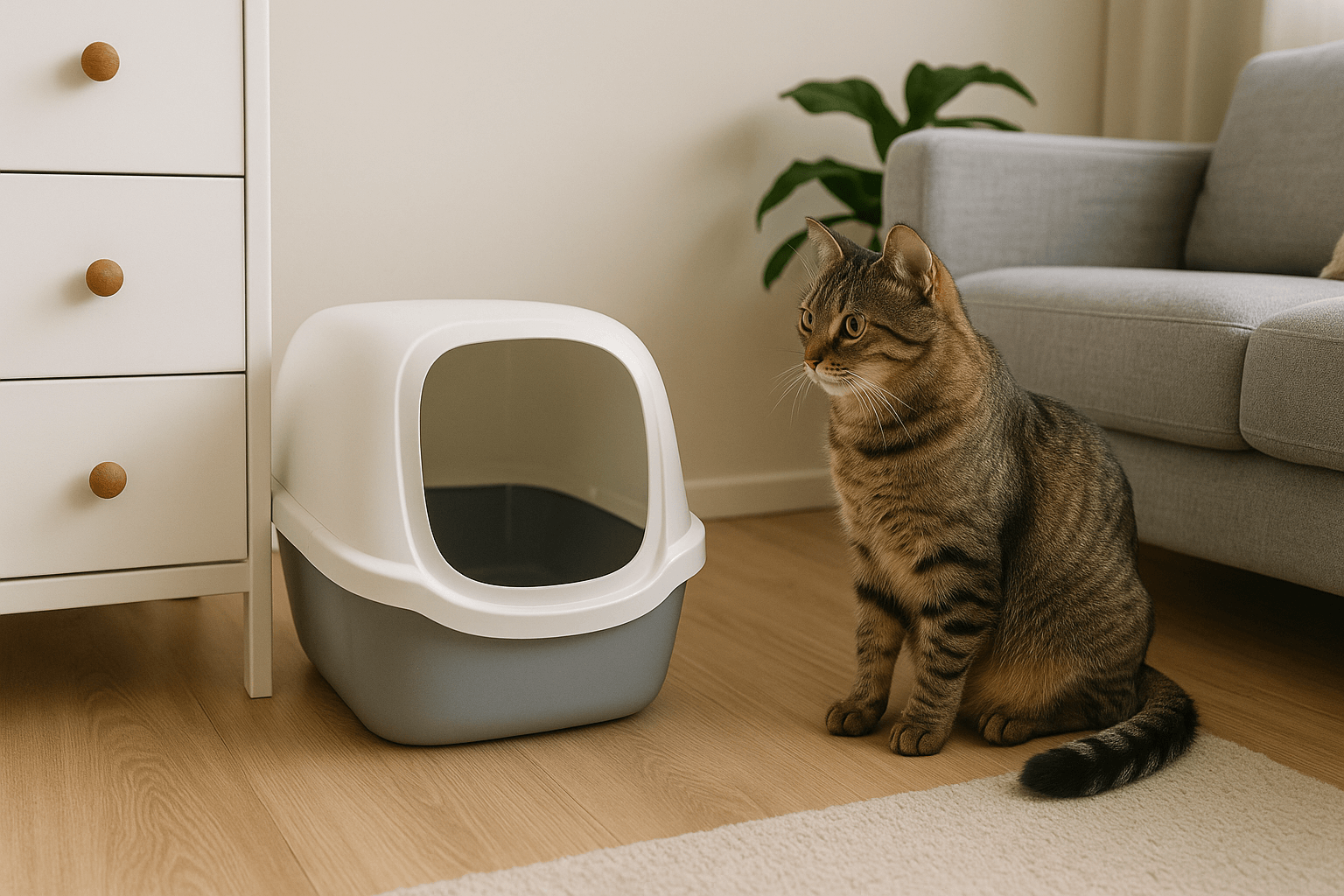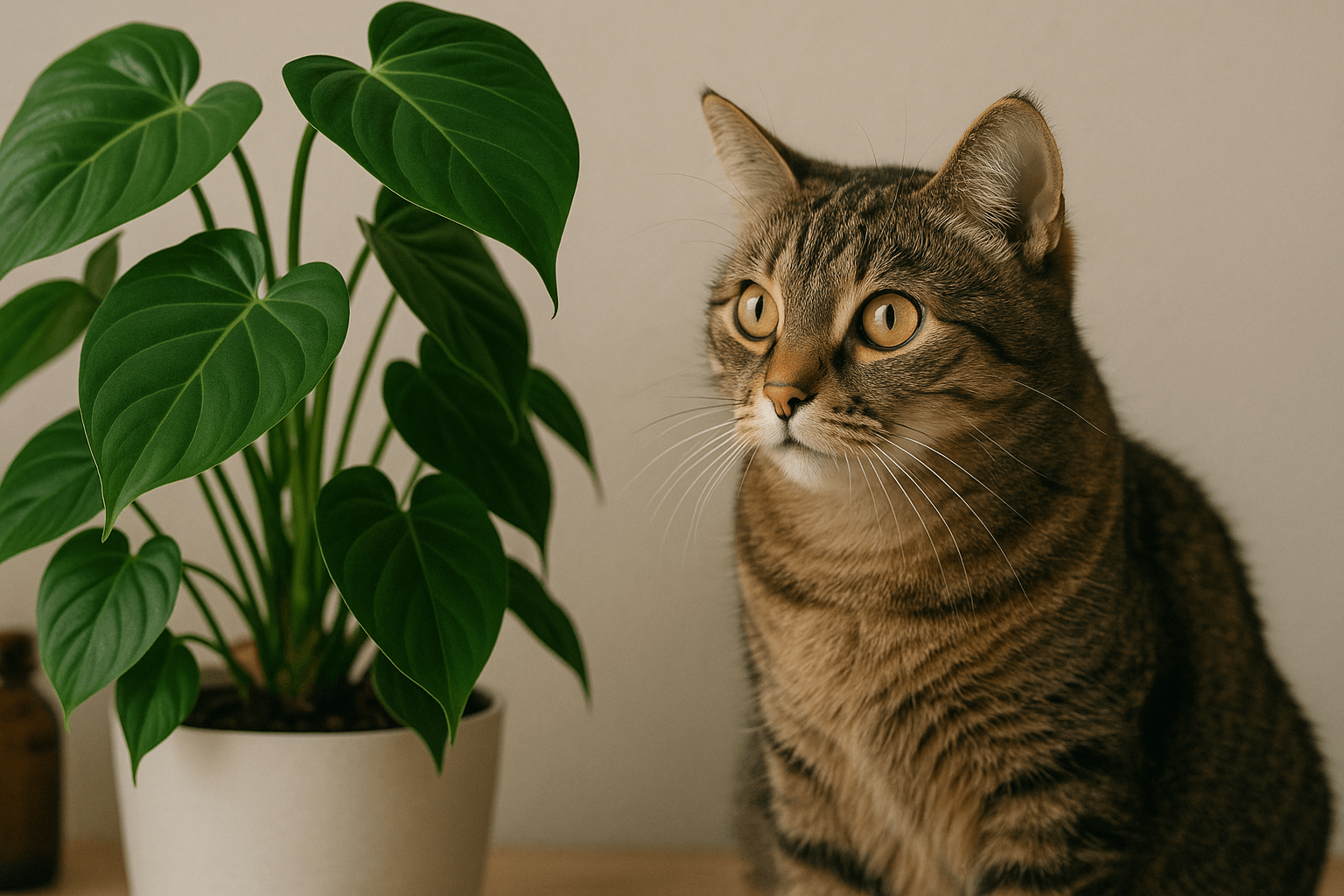Can You Clean Cat Pee With Bleach? What Every Pet Owner Should Know
Accidents happen—even with the most well-trained cats. Whether it’s a kitten still learning the ropes or an adult cat experiencing stress, dealing with cat urine is a common challenge for pet owners. One question that often arises is whether bleach can be used to clean cat pee effectively. While bleach is a powerful cleaning agent, its use around pets requires careful consideration. In this blog post, we’ll explore the pros and cons of using bleach, alternative cleaning methods, and how to safely tackle cat urine stains while keeping your home—and your furry friend—safe.
The Pros and Cons of Using Bleach to Clean Cat Pee
Bleach is a popular household cleaner known for its ability to disinfect and remove tough stains. However, when it comes to cleaning cat urine, there are both advantages and drawbacks to consider. Here’s a breakdown of what you need to know before reaching for the bleach bottle.
Effective Disinfection :
Bleach kills bacteria and viruses, making it a strong option for sanitizing areas contaminated by cat urine.Removes Stubborn Stains :
Its chemical properties can break down organic compounds in urine, helping to lift stubborn stains from surfaces.Eliminates Odor (Partially) :
Bleach can mask some odors, but it may not fully neutralize the ammonia smell often present in cat urine.Risk of Toxic Fumes :
Mixing bleach with ammonia (found in cat urine) can produce harmful chloramine gases, posing health risks to humans and pets.Potential Damage to Surfaces :
Bleach can discolor fabrics, corrode metals, and damage certain materials like wood or carpet fibers.
While bleach has its benefits, it’s crucial to weigh these against the potential risks. Always prioritize safety and consider alternatives if necessary.
Safe Practices When Using Bleach to Clean Cat Urine
If you decide to use bleach, following proper safety protocols is essential to protect your health, your pet’s well-being, and your home. Here are some guidelines to ensure safe and effective cleaning.
Ventilate the Area :
Open windows and doors to allow fresh air circulation and reduce the risk of inhaling toxic fumes.Dilute the Bleach Properly :
Mix one part bleach with ten parts water to create a safe and effective cleaning solution.Avoid Mixing Chemicals :
Never combine bleach with other cleaning products, especially those containing ammonia, to prevent dangerous reactions.Test on a Small Area First :
Apply the diluted bleach solution to an inconspicuous spot to check for discoloration or damage before full application.Rinse Thoroughly :
After cleaning, rinse the area with water to remove any residual bleach that could irritate your cat’s paws or skin.
By adhering to these practices, you can minimize risks while effectively addressing cat urine stains.
Check this guide 👉Why Would a Cat Pee on You? Best 7 Expert Tips!
Check this guide 👉Why Is My Cat Peeing on the Couch? Best 7 Behavior Tips!
Check this guide 👉Why Does My House Smell Like Cat Pee? Best 7 Expert Tips!
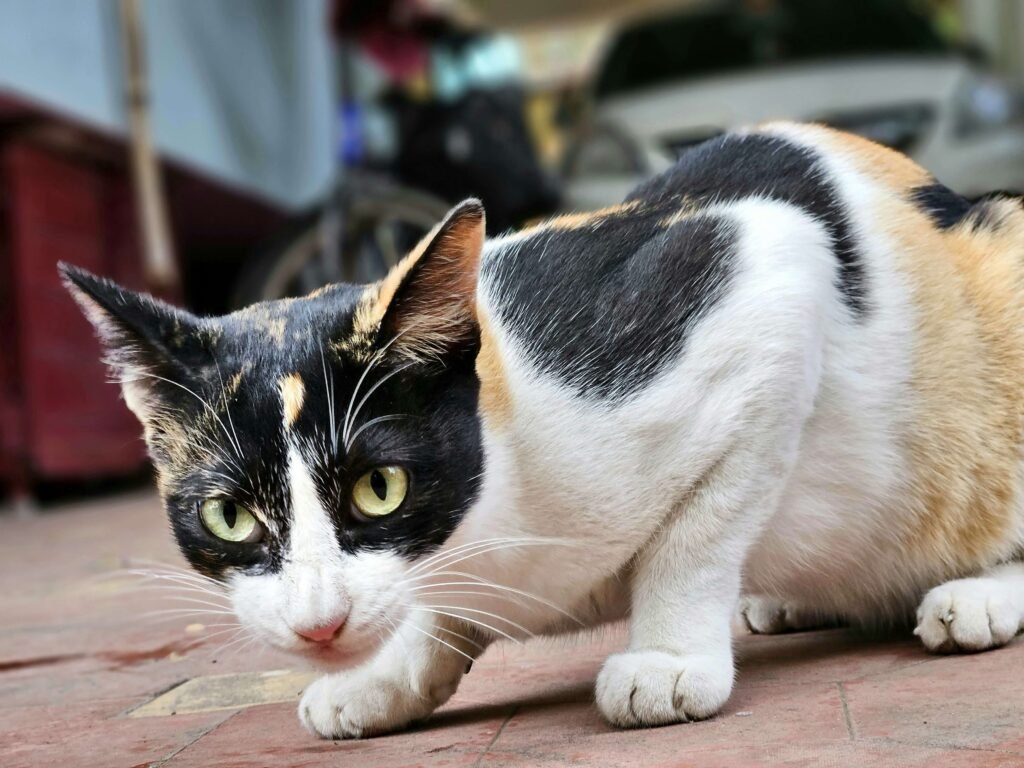
Advantages of Using Bleach | Disadvantages of Using Bleach |
|---|---|
Kills bacteria and viruses | Produces toxic fumes when mixed with ammonia |
Removes tough stains | Can damage fabrics and surfaces |
Affordable and widely available | May not fully eliminate urine odor |
Easy to use | Requires careful handling and ventilation |
Sanitizes effectively | Risk of irritation for pets and humans |
Alternatives to Bleach for Cleaning Cat Urine
If you’re hesitant about using bleach, there are several safer and equally effective alternatives for tackling cat urine. These options are pet-friendly and designed to address both stains and odors comprehensively.
Enzyme-Based Cleaners :
Specifically formulated to break down the proteins in cat urine, eliminating both stains and odors at their source.Vinegar and Baking Soda :
A natural combination that neutralizes odors and lifts stains without harsh chemicals.Hydrogen Peroxide Solution :
Mix hydrogen peroxide with dish soap and baking soda for a non-toxic cleaning solution that works wonders on urine stains.Specialized Pet Stain Removers :
Commercial products designed to handle pet messes safely and effectively, often available in pet stores.Absorbent Materials :
Use paper towels, cloth, or kitty litter to soak up as much urine as possible before applying any cleaning solution.
These alternatives provide effective solutions while minimizing risks to your household and pets.
Steps to Prevent Future Cat Urine Accidents
Preventing accidents is just as important as cleaning them up. By taking proactive measures, you can reduce the likelihood of future incidents and keep your home fresh and clean.
Provide Adequate Litter Boxes :
Ensure you have enough litter boxes for your cats, ideally one per cat plus an extra, placed in accessible locations.Maintain Clean Litter Boxes :
Scoop daily and change the litter regularly to encourage consistent use and prevent avoidance behaviors.Address Behavioral Issues :
If your cat is spraying or urinating outside the box, consult a vet or behaviorist to identify and resolve underlying causes.Create a Stress-Free Environment :
Minimize changes in routine, provide enrichment, and offer hiding spots to help your cat feel secure.Use Deterrent Sprays :
Apply pet-safe deterrent sprays to areas where accidents frequently occur to discourage repeat offenses.
By implementing these strategies, you can foster a harmonious living environment for both you and your feline companions.
Common Mistakes to Avoid When Cleaning Cat Urine
Cleaning cat urine might seem straightforward, but there are several common mistakes that can make the problem worse or even harm your pet. By avoiding these pitfalls, you can ensure a more effective and safe cleaning process.
Using Too Much Bleach :
Excessive bleach can damage surfaces and create toxic fumes, especially when mixed with ammonia in urine.Skipping the Pre-Cleaning Step :
Failing to blot up as much urine as possible before applying cleaner reduces the effectiveness of any solution.Ignoring the Underlying Cause :
Cleaning without addressing why your cat had an accident may lead to repeat incidents.Not Rinsing Properly :
Leaving behind residue from cleaning agents can irritate your cat’s sensitive paws or skin.Assuming All Cleaners Are Safe :
Some commercial cleaners contain harsh chemicals that can be harmful to pets if ingested or inhaled.
By steering clear of these mistakes, you’ll not only clean more effectively but also protect your home and your furry companion from potential harm.
Signs Your Cleaning Method Isn’t Working
Sometimes, despite your best efforts, the cleaning method you’re using may not fully address the issue. Recognizing these signs early can help you switch tactics and prevent further problems.
Persistent Odor :
If the smell of cat urine lingers even after cleaning, it indicates that the source hasn’t been completely neutralized.Re-Marking Behavior :
Cats may return to the same spot if they still detect their scent, signaling incomplete cleaning.Discoloration of Surfaces :
Visible stains or bleached spots suggest that the cleaning agent has damaged the material instead of resolving the issue.Residue Build-Up :
Sticky or powdery residues left behind can attract dirt and make the area harder to clean in the future.Increased Pet Avoidance :
If your cat avoids the cleaned area, it could mean the product used is causing discomfort or irritation.
If you notice any of these signs, it’s time to reassess your approach and try a different cleaning method or product.
How to Choose the Right Cleaning Product for Cat Urine
With so many cleaning products available, selecting the right one for cat urine can feel overwhelming. Here are some key factors to consider when making your choice.
Check for Enzyme Formulas :
Look for products specifically labeled as enzyme-based, as they target the proteins in cat urine.Opt for Pet-Safe Options :
Ensure the product is non-toxic and safe for use around cats and other household pets.Consider Surface Compatibility :
Choose a cleaner designed for the specific material you’re dealing with, such as carpet, hardwood, or upholstery.Read Customer Reviews :
Real-world feedback can provide insights into how well a product performs in various scenarios.Avoid Strong Chemical Smells :
Products with overpowering scents may irritate your cat’s sensitive nose and discourage them from returning to the area.
By carefully evaluating these factors, you can select a cleaning product that effectively eliminates cat urine while keeping your home and pets safe.
Frequently Asked Questions About Cleaning Cat Urine
Is it safe to use bleach on carpets?
It depends on the carpet material. Bleach can discolor or weaken fibers, so test a small area first and dilute it properly.
Why does cat urine smell so strong?
Cat urine contains high levels of ammonia and urea, which break down over time, intensifying the odor.
Can I use vinegar directly on cat urine?
Yes, but always mix it with water or baking soda for optimal results and to avoid potential surface damage.
How do enzyme cleaners work?
Enzyme cleaners break down the proteins and organic compounds in urine, eliminating odors and preventing re-marking.
What should I do if my cat keeps having accidents?
Rule out medical issues with a vet visit and address any behavioral triggers through training or environmental adjustments.
Final Thoughts: Balancing Effectiveness and Safety When Cleaning Cat Urine
Cleaning cat urine doesn’t have to be a daunting task if you approach it with the right tools and knowledge. While bleach can be effective, its use requires caution due to potential health risks and surface damage. Exploring safer alternatives like enzyme-based cleaners or natural solutions ensures your home remains fresh and welcoming for both you and your pets. Remember, prevention is key—by understanding your cat’s needs and maintaining a clean, stress-free environment, you can minimize accidents and enjoy a happier coexistence. Armed with these tips, you’re ready to tackle cat pee stains confidently and responsibly.
Tabby Cat vs Tortoiseshell: Best 7 Expert Tips! Discover the differences in patterns, personalities, and care needs between tabby and tortoiseshell cats to find your perfect feline companion.
Understanding Trichomoniasis in Cats: Best 7 Expert Tips! Discover symptoms, treatment, and prevention strategies for this common feline parasite to keep your cat healthy and happy.
Where to Place a Cat Litter Box? Best 7 Expert Tips! Discover ideal spots, avoid common mistakes, and learn how to keep your cat happy with perfect litter box placement.
Are Philodendrons Toxic to Cats? Best 7 Expert Tips! Discover if philodendrons are safe for cats, symptoms of poisoning, and expert advice to keep your feline friend healthy around houseplants.

